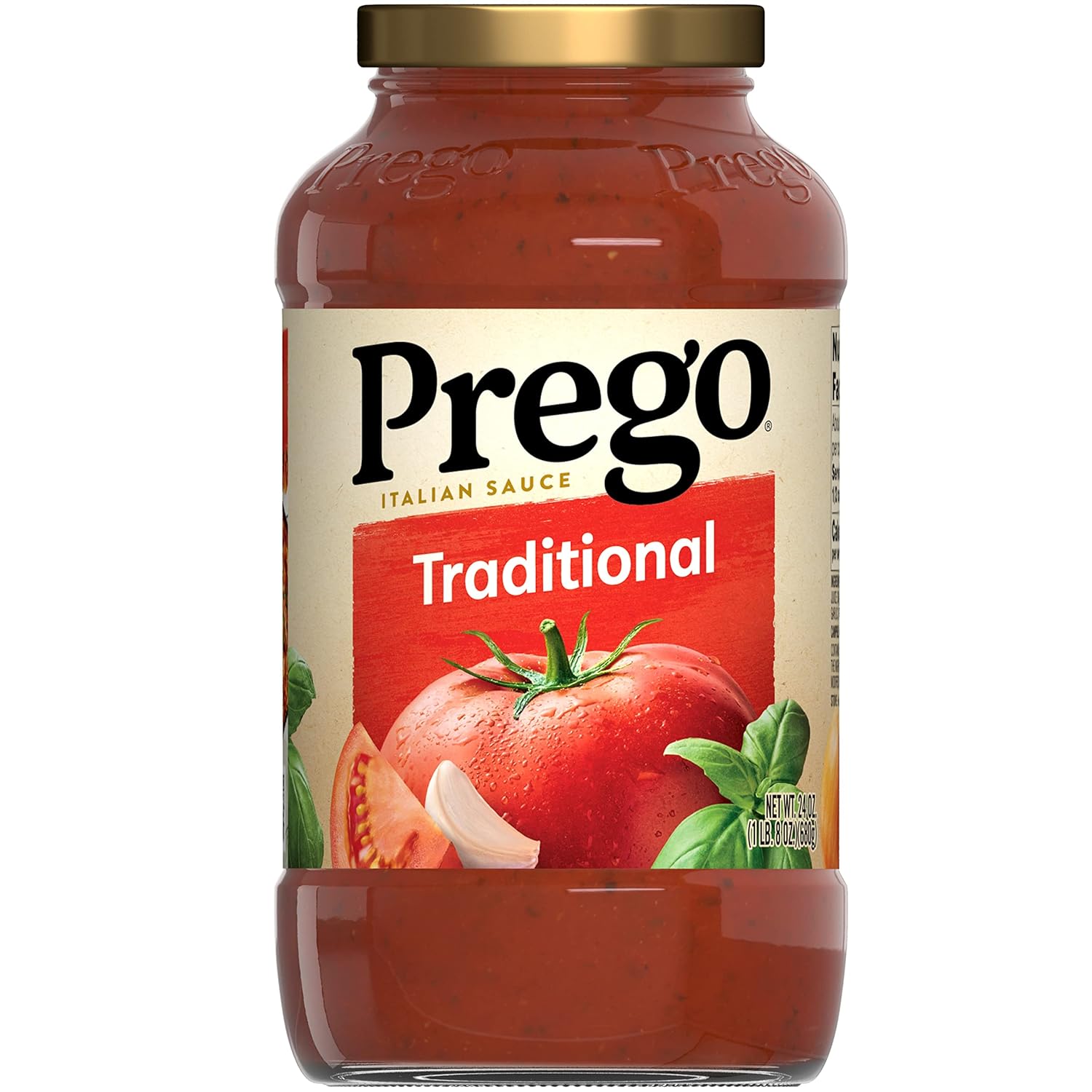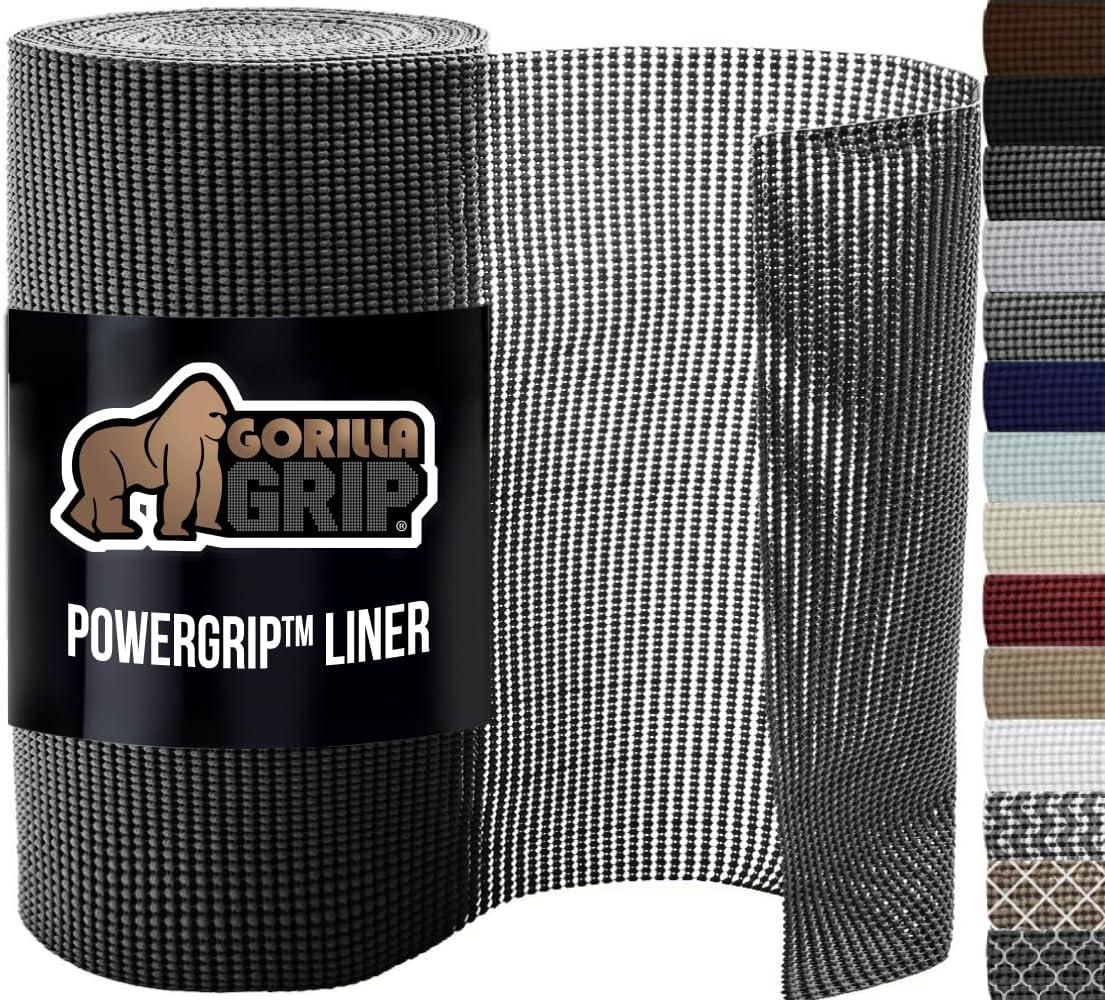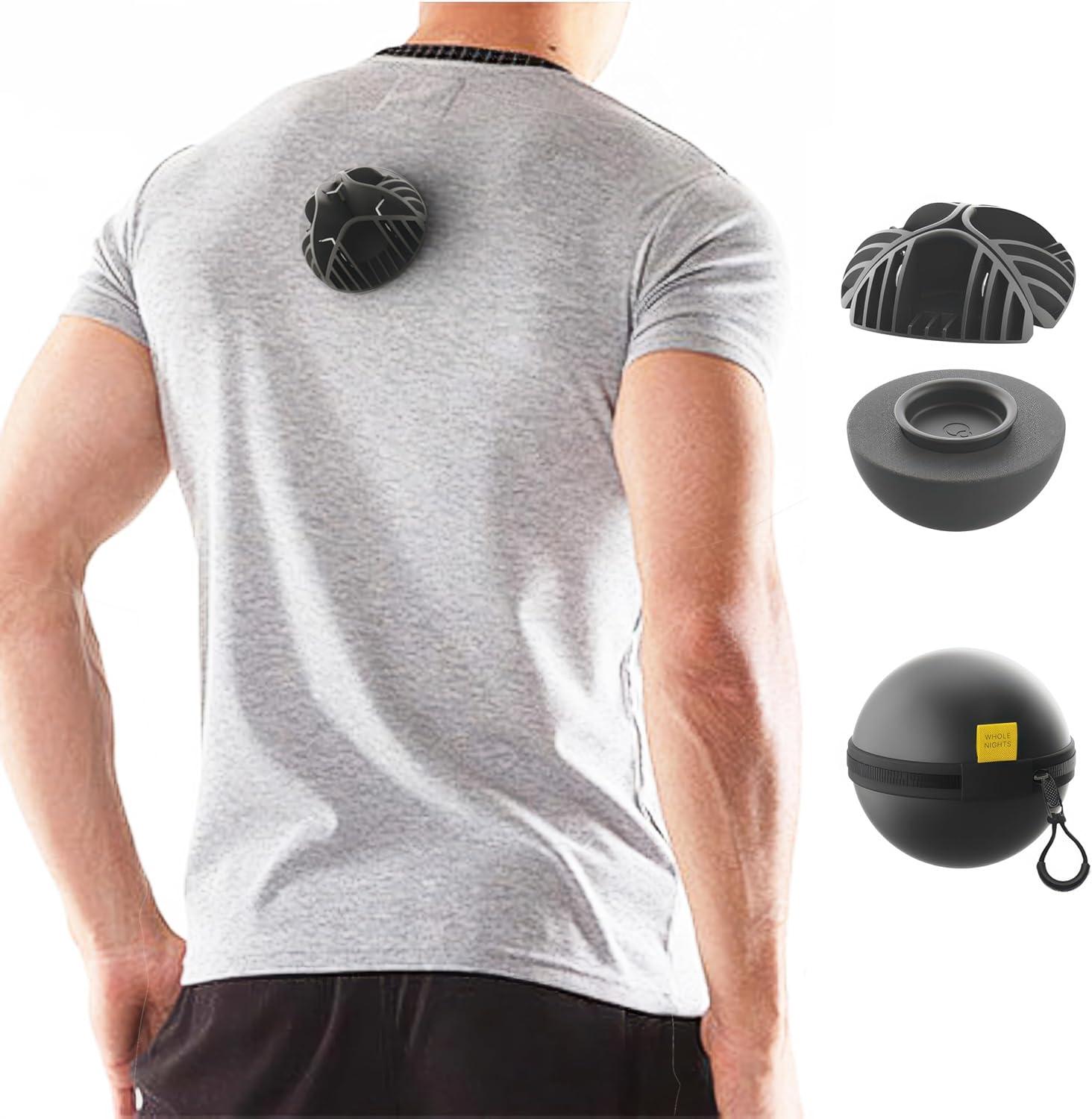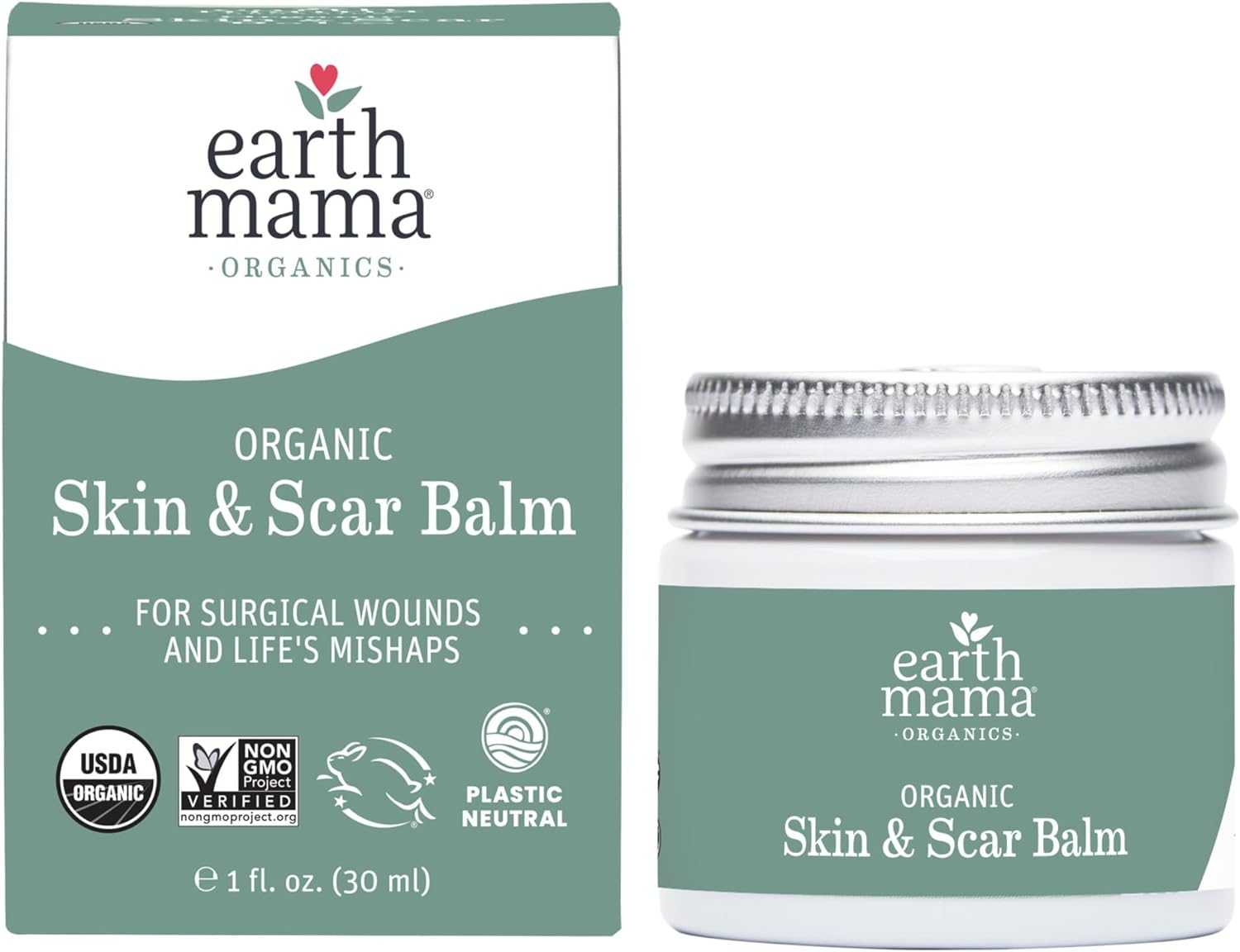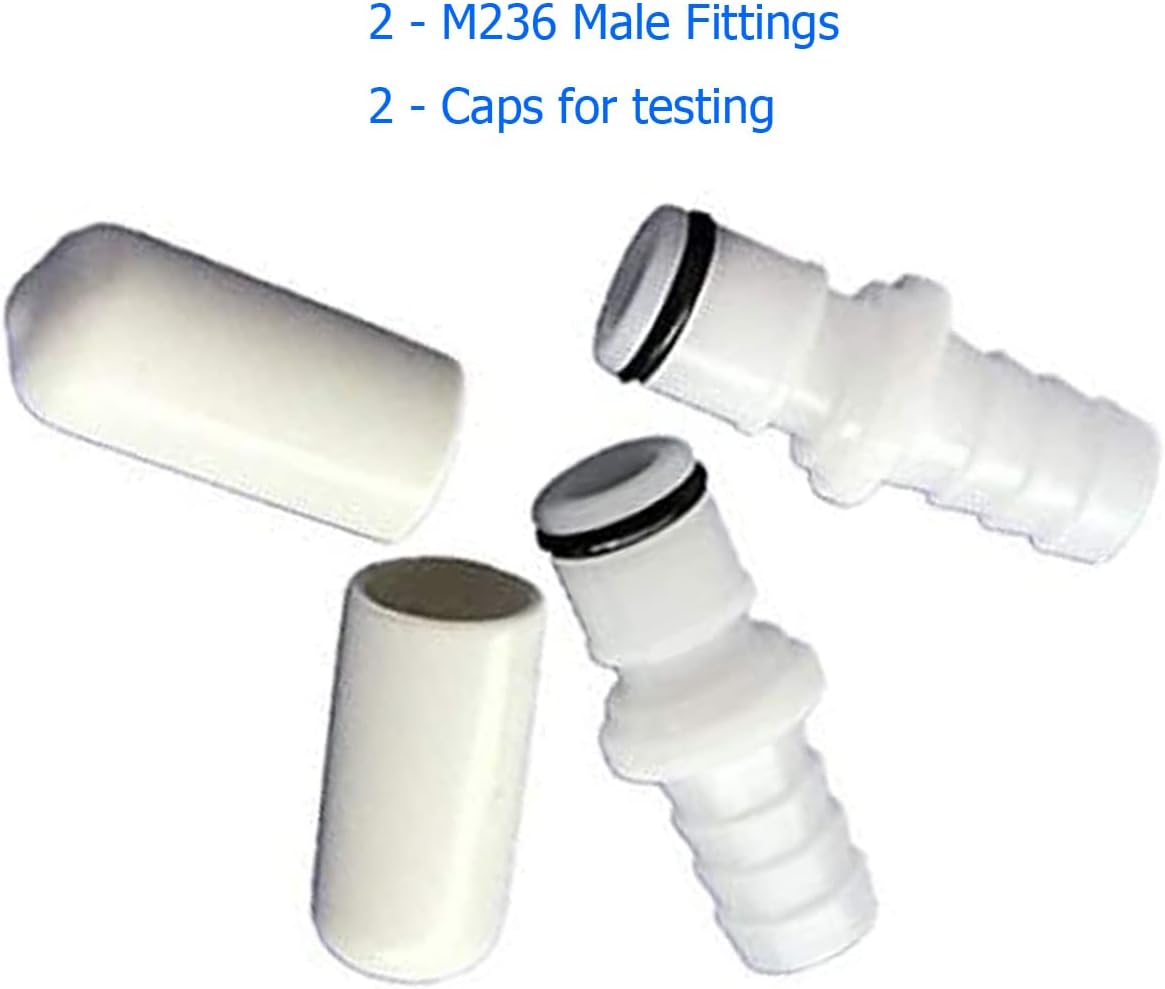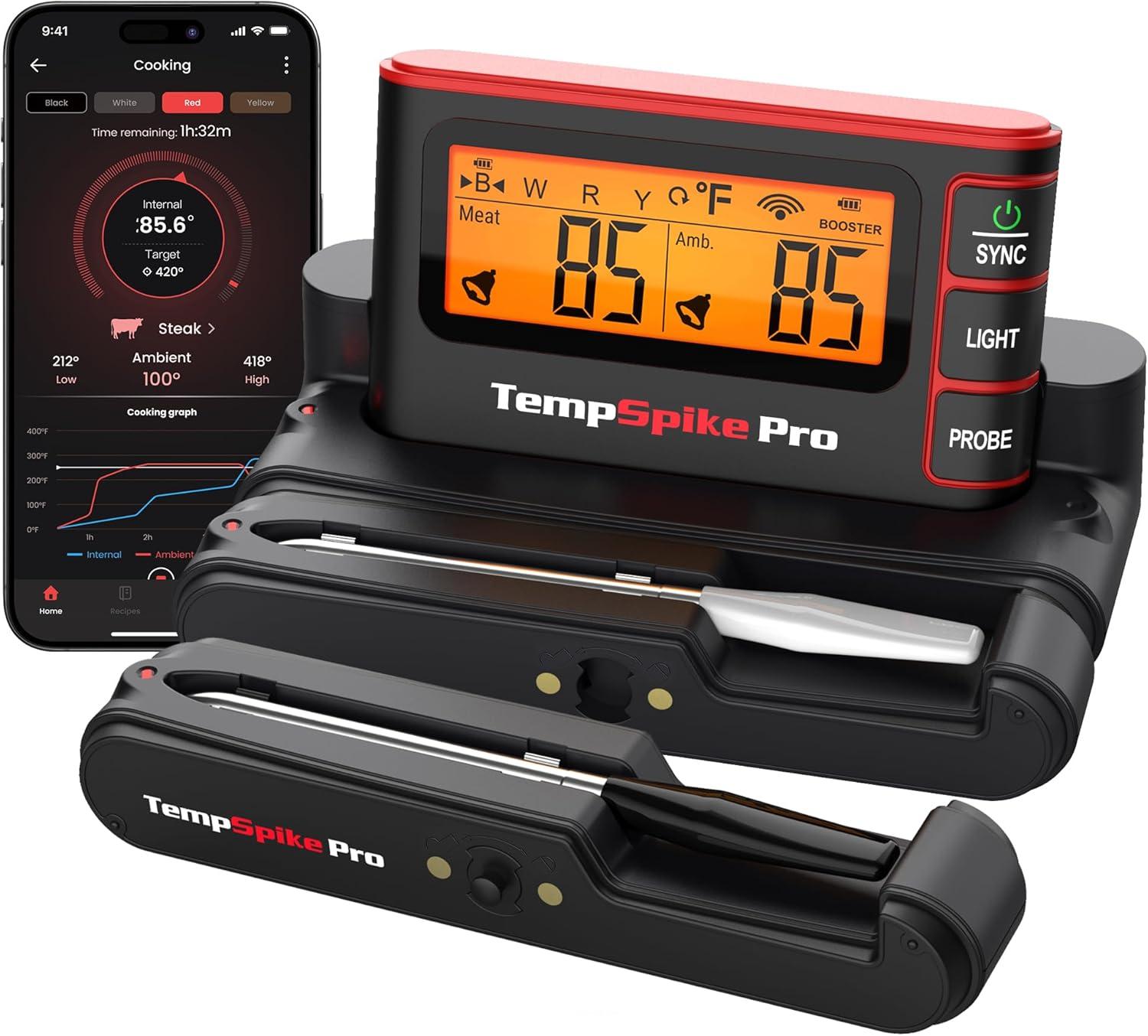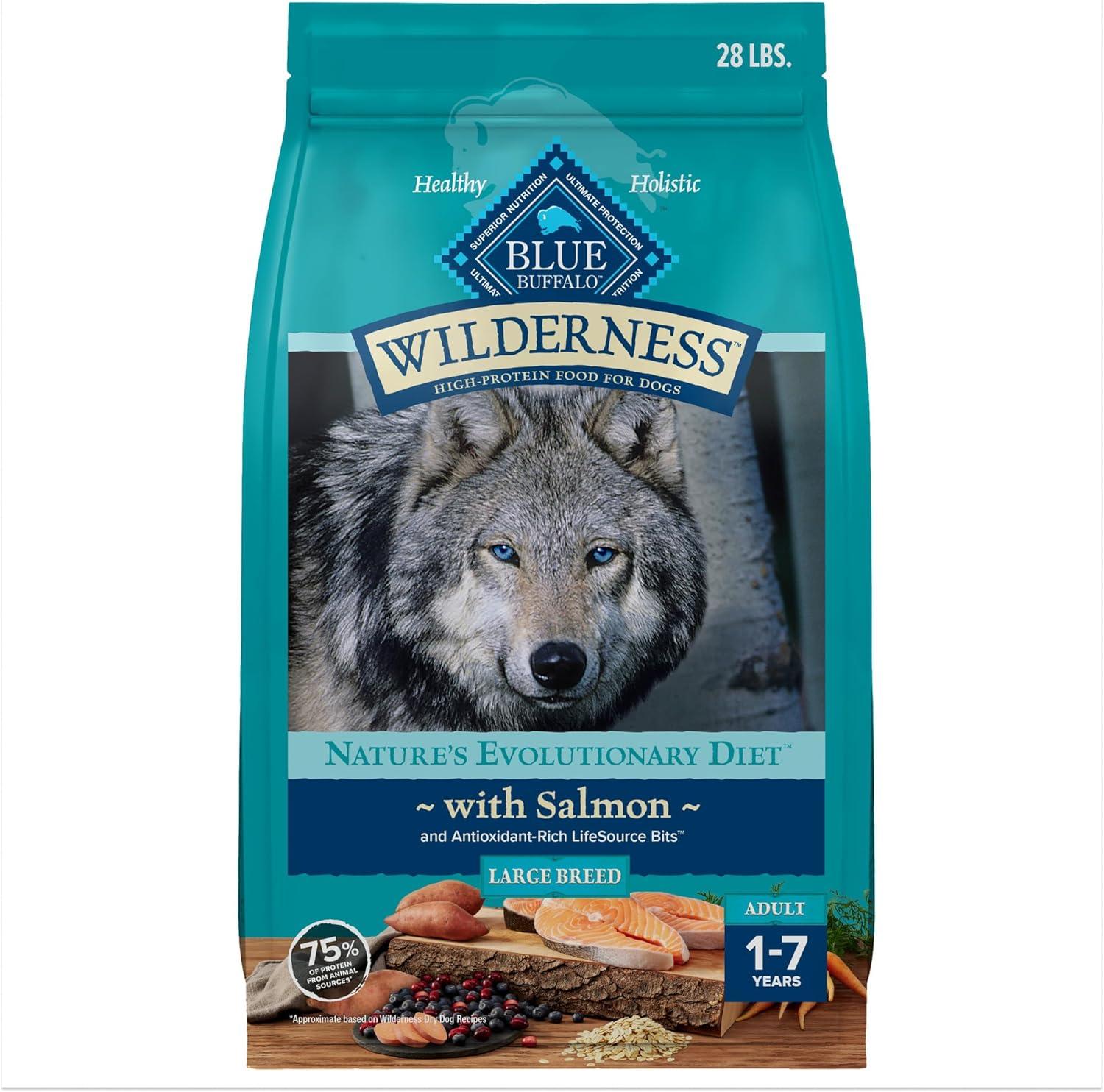





Price: $2.48
(as of Apr 07, 2025 10:15:04 UTC - Details)
The Ultimate Guide to Making the Best Spaghetti Sauce
Introduction
If you’re on the hunt for the best spaghetti sauce recipe, you’ve come to the right place. Whether you’re a seasoned chef or someone just starting in the kitchen, a great spaghetti sauce can elevate your pasta dishes to new heights. In this guide, we’ll share practical tips, variations, and secrets to crafting a spaghetti sauce that will impress family and friends alike. With keywords like “best spaghetti sauce recipe” and “homemade spaghetti sauce,” we’ll ensure you have everything you need to create a delicious meal.
Understanding the Basics of Spaghetti Sauce
What Makes the Best Spaghetti Sauce?
When we talk about the best spaghetti sauce, we’re referring to a sauce that balances flavors exceptionally well. It’s not just about the tomatoes; it’s about the herbs, spices, and even a touch of sweetness that can turn your sauce from good to extraordinary. To make your sauce stand out, consider using fresh ingredients whenever possible. Fresh herbs, ripe tomatoes, and quality olive oil can make a significant difference.
Key Ingredients for Homemade Spaghetti Sauce
A fantastic spaghetti sauce starts with a few essential ingredients. The foundation typically includes canned or fresh tomatoes, garlic, onions, and olive oil. From there, you can add herbs like basil and oregano, a pinch of sugar to cut acidity, and salt and pepper to taste. Each ingredient plays a crucial role in developing a rich flavor profile.
Step-by-Step Guide to Making Spaghetti Sauce
Choosing the Right Tomatoes for Your Sauce
When it comes to tomatoes, you have options. San Marzano tomatoes are often hailed as the best choice for spaghetti sauce due to their sweetness and low acidity. However, if those aren’t available, any good-quality canned tomatoes will do. Look for whole peeled tomatoes or crushed tomatoes for a smoother consistency. If you prefer to use fresh tomatoes, Roma or plum tomatoes are excellent choices.
The Importance of Fresh Herbs
Fresh herbs can elevate your spaghetti sauce. Basil and oregano are classic choices, but don’t shy away from experimenting with thyme or parsley. If you’re using dried herbs, remember that they are more concentrated, so you’ll need less. Adding herbs at different stages of cooking can also change the flavor profile. For instance, adding fresh basil right before serving adds a burst of freshness.
Cooking Techniques that Enhance Flavor
The way you cook your sauce can impact its flavor. Start by sautéing onions and garlic in olive oil until they’re soft and fragrant. This step is crucial as it builds a flavor base for your sauce. Once the onions and garlic are ready, add your tomatoes and let the sauce simmer. The longer you allow it to cook, the more the flavors will meld together. A simmer of at least 30 minutes is ideal, but feel free to let it go longer for a richer taste.
Variations to Try in Your Spaghetti Sauce
Adding Meat for a Heartier Sauce
If you're looking to make a meat sauce, ground beef, pork, or turkey can add depth. Sauté the meat alongside the onions and garlic until browned before adding the tomatoes. This adds a savory element that many people love in their spaghetti sauce. Don’t forget to drain excess fat if you’re using beef or pork for a lighter finish.
Vegetarian and Vegan Options
For those who prefer a vegetarian or vegan option, there are plenty of ways to make a satisfying sauce. Consider adding mushrooms for umami flavor, lentils for protein, or even eggplant for texture. These ingredients can make your sauce hearty without the need for meat, ensuring everyone at the table can enjoy a delicious meal.
Spice It Up with Heat
If you like a little kick in your sauce, consider adding crushed red pepper flakes or fresh chili peppers. Start with a small amount and adjust to your taste. The heat can complement the sweetness of the tomatoes and create a well-rounded sauce that excites the palate.
Serving Suggestions for Your Spaghetti Sauce
Perfect Pasta Pairings
No spaghetti sauce is complete without the right pasta. While spaghetti is the traditional choice, you can use any pasta you love. Fettuccine, penne, or even zoodles for a low-carb option can work beautifully. The key is to cook your pasta al dente and toss it in the sauce just before serving. This ensures that the pasta absorbs some of the sauce, making every bite flavorful.
Complementary Side Dishes
To round out your meal, consider serving a simple side salad or garlic bread. A fresh green salad with a light vinaigrette can provide a nice contrast to the rich sauce. Garlic bread, on the other hand, is perfect for soaking up any leftover sauce on your plate.
Wine Pairing for the Ultimate Experience
Wine can enhance your dining experience. A medium-bodied red wine like Chianti or a light Pinot Noir pairs wonderfully with spaghetti and meat sauce. If you’re going for a vegetarian option, a crisp white wine or a light red can complement the flavors beautifully.
Conclusion
Crafting the best spaghetti sauce is about combining quality ingredients, understanding flavor profiles, and using the right cooking techniques. By choosing the right tomatoes, incorporating fresh herbs, and experimenting with variations, you can create a sauce that will be a hit at your table. Remember, the key to a great sauce lies in patience and a willingness to adjust flavors to your liking. With this guide, you’re now equipped to make a delicious homemade spaghetti sauce that everyone will love. Happy cooking!
One 24 oz jar of Prego Traditional Pasta Sauce
Prego spaghetti sauce with thickness you can see and a taste that everyone loves
Tomato sauce features the rich, sweet taste of vine-ripened tomatoes balanced with flavorful herbs and seasonings
Each half cup serving of this gluten free, vegan sauce does not contain artificial colors or added MSG
Prego sauce makes a great spaghetti sauce, bolognese sauce or base to other recipes
